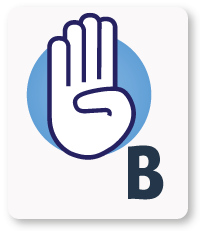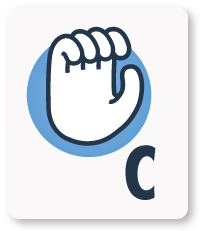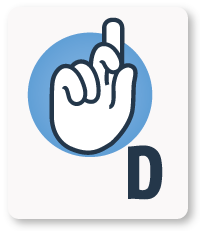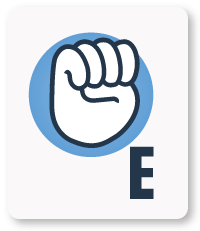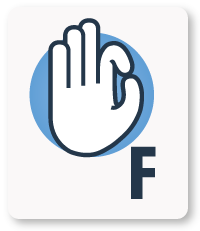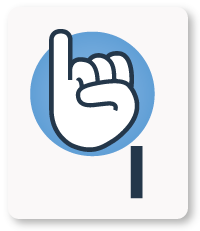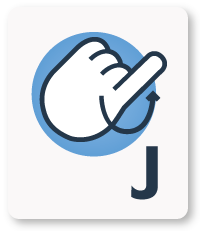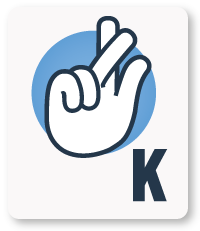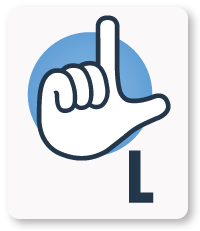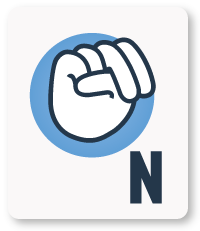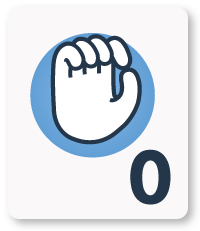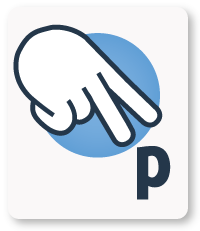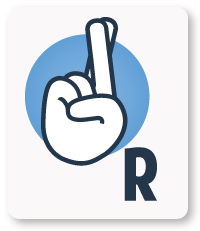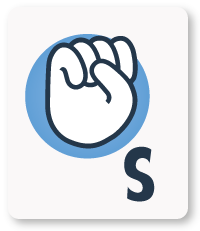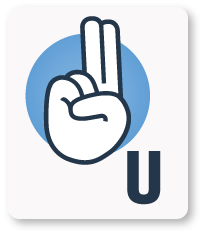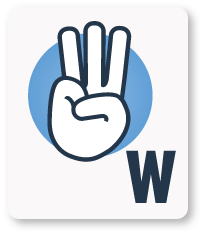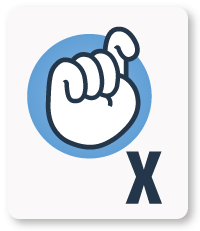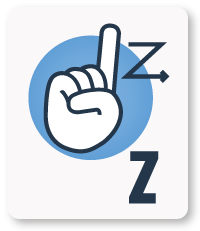
Learning About
ACCESSIBILITY
Communication
Sign Language
Overview
As a media maker, you want to bring stories to your audience that inspire, excite, and includes them. Many people who are d/Deaf or hard of hearing all across the world use sign language as their first language. By providing sign language as a crucial element to accompany media, media makers ensure that sign language readers are prioritized rather than sidelined. A common misconception about sign language is that there is only one formal type. Each sign language has unique slang, rhythms and characteristics.
Note on the use of d/Deaf
The word deaf is used to describe or identify anyone who has a severe hearing impairment. Sometimes it is used to refer to people who are severely hard of hearing too. Deaf with a capital D is used to refer to people who have been deaf all their lives, or since before they started to learn to talk. Deaf people tend to communicate in sign language as their first language. For most Deaf people English is a second language, therefore complicated messages in written English can be inaccessible. Note that there is constant discourse around the use of language and some d/Deaf people find the use of ‘Deaf’ political. Therefore, if you are communicating about one person or a specific group, ask how they prefer to identify (Without Walls, 2020).
Developing an Understanding
There is no universal sign language used around the world. Like spoken language, sign languages developed through different groups of people interacting with each other, so there are many varieties. There are somewhere between 130 and 300 different types of sign language used around the world today. Most countries that share the same spoken language do not necessarily have the same sign language. English for example has three varieties: American Sign Language (ASL), British Sign Language (BSL) and Australian Sign Language (Auslan). There are some similarities between sign languages, but each has its own style, modifications, and is unique (Ai-Media, 2021).
In Canada, there are two official languages, English and French, and two official sign languages - American Sign Language (ASL) and Quebec Sign Language, la langue des signes quebecoise (LSQ). ASL is the primary sign language used by Deaf people in English-speaking Canada, while LSQ is most commonly used by Deaf people in Quebec and other francophone communities in Canada (Canadian Association of the Deaf, 2016).
Sign language includes hand and finger gestures as well as face and body movements and expressions. It contains the fundamental features of language and has its own rules for pronunciation, word formation, and word order. Sign language has regional accents, dialects and regional variations in the rhythm of signing, pronunciation, slang, and signs used. Other factors, including age and gender, can affect ASL usage and contribute to its variety, just as with spoken languages (NIH, 2019).
The use of the hands to represent individual letters of the written alphabet is called “fingerspelling” – an important tool used to spell out words and names of people, places, and things that don’t have their own established sign. In the fingerspelled alphabet, each letter of the alphabet corresponds to a distinct handshape. Fingerspelling in ASL uses one hand, where other sign languages, including BSL and Auslan, use two-hands (Ai-Media, 2021).
Tips on Fingerspelling:
- Pause between spelling each word. This makes it easier to understand your signing.
- Keep your hand in one place while you are spelling each word. An exception to this is when you are fingerspelling an acronym such as CBC for Canadian Broadcasting Corporation. In this instance, move each letter in a small circle to let people know not to read the letters together as a single word.
- Keep your fingerspelling hand at the height of your shoulder. This is the most comfortable position for your signing and the other person’s reading.
- Keep your pace consistent. There is no need to race through when spelling a word. It’s more important that each letter is clear, and the overall rhythm is consistent.
— From Ai-Media: Sign Language Alphabets from Around the World

TASK
Using the ASL alphabet below, click the letters to fingerspell a word that is 12 characters or less.
Your finger spelling:
Consolidating Your Knowledge
The ASL alphabet in motion:
If you are interested in learning more ASL and/or LSQ, there are many resources online to get you started and help you practice. Please find a few suggestions under Online Resources at the end of this module.

